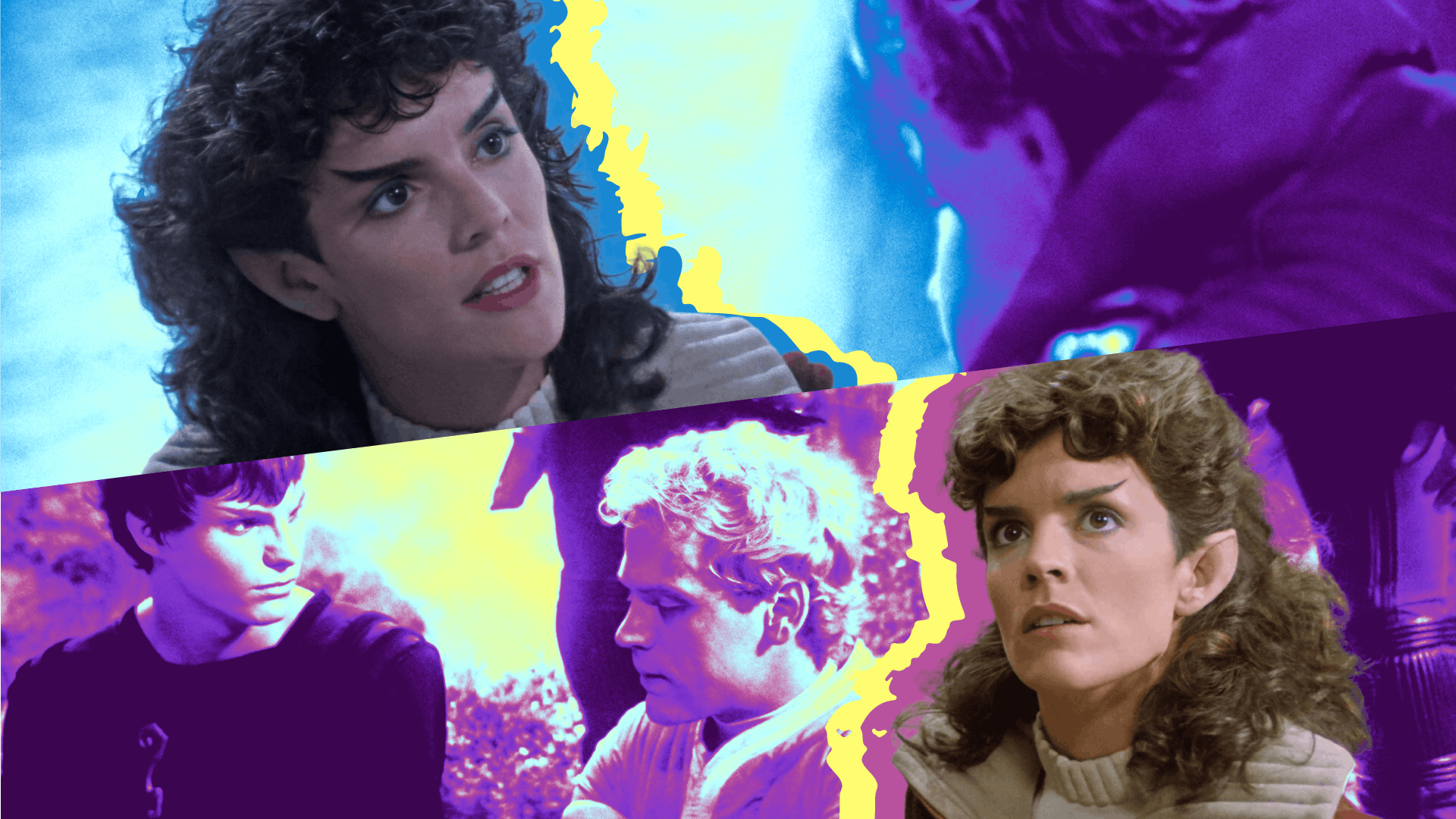Published Dec 13, 2023
The Nemesis Effect
The final TNG film planted the seeds for future Star Trek adventures.
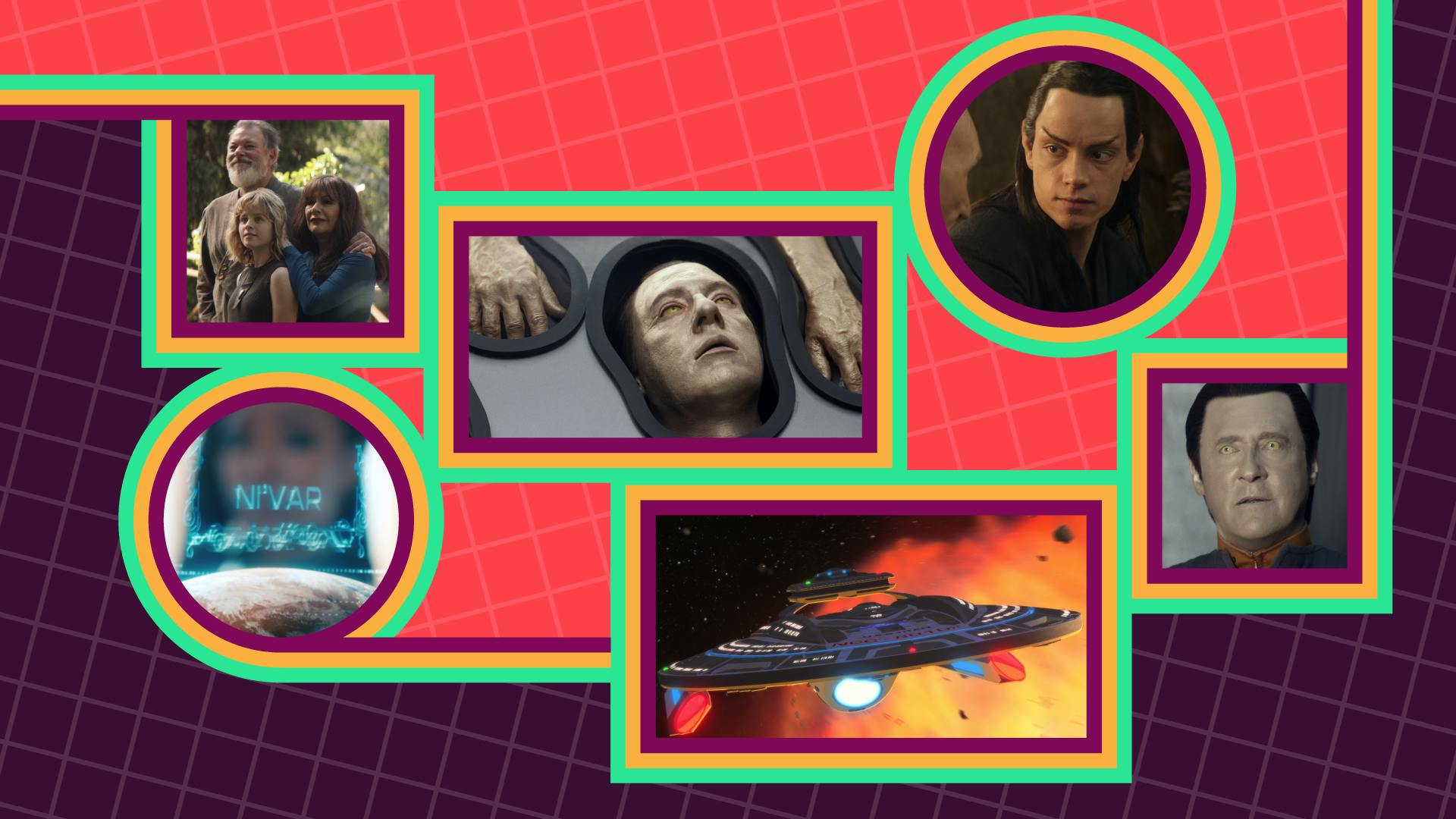
StarTrek.com
Viewed as crew’s send-off for nearly two decades, , which premiered in theaters on this day in 2002, appeared to close the book on stories pertaining to Captain Picard and his closest friends, but it actually planted the seeds for future adventures in , , , and beyond…
An Act of Matrimony

Star Trek Nemesis
StarTrek.com
The marriage between William T. Riker and Deanna Troi solidified the bond between the two lovebirds, setting the stage for them to settle into a life together. Nemesis indicated that Riker and Troi would be serving together on the U.S.S. Titan, yet it wasn’t until Picard’s first season that we learned more about what transpired with the Riker-Troi family.

"Nepenthe"
StarTrek.com
The couple had two children, Thaddeus and Kestra, though the former sadly succumbed to a silicon-based virus when he was very young. We were reunited with the beloved characters on Nepenthe, where they had established a home and continued to raise Kestra, who had dearly cherished her brother and enjoyed discussing the fictional languages he created.
The Tale of the Titan
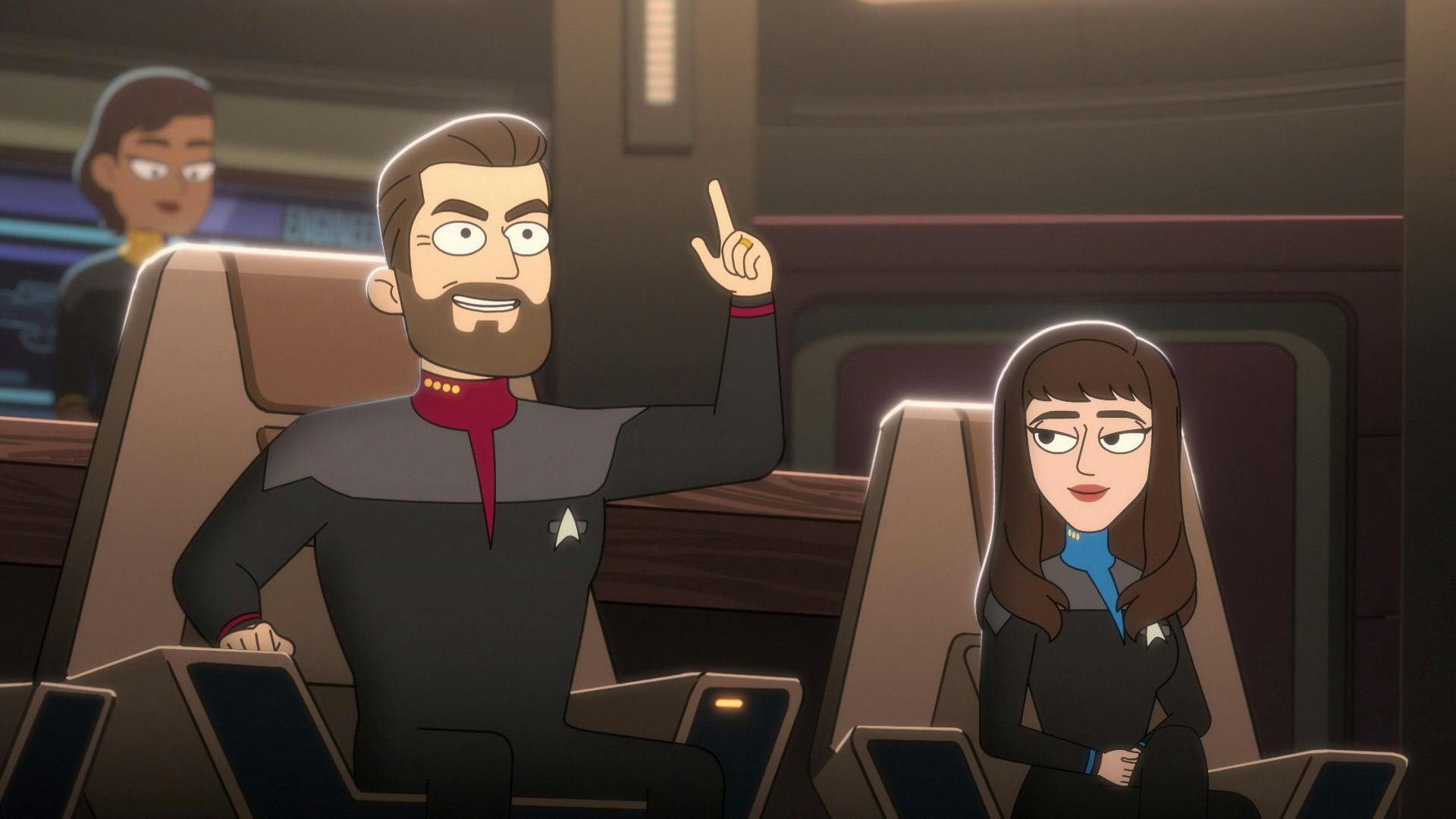
StarTrek.com
As mentioned above, Riker’s promotion to captain landed him command of the Titan, where Troi was to become the ship’s counselor. While Nemesis indicated the vessel’s first mission would involve leading a Federation task force to open talks with the Romulans, we did not get to witness the full extent of the Titan’s exploits until its surprise appearance in Lower Decks.
After saving the U.S.S. Cerritos from the Pakleds, Riker welcomed Ensign Bradward Boimler aboard and continued to deal with Pakled problems, though Boimler eventually transferred back to the Cerritos.
Positronic Perils
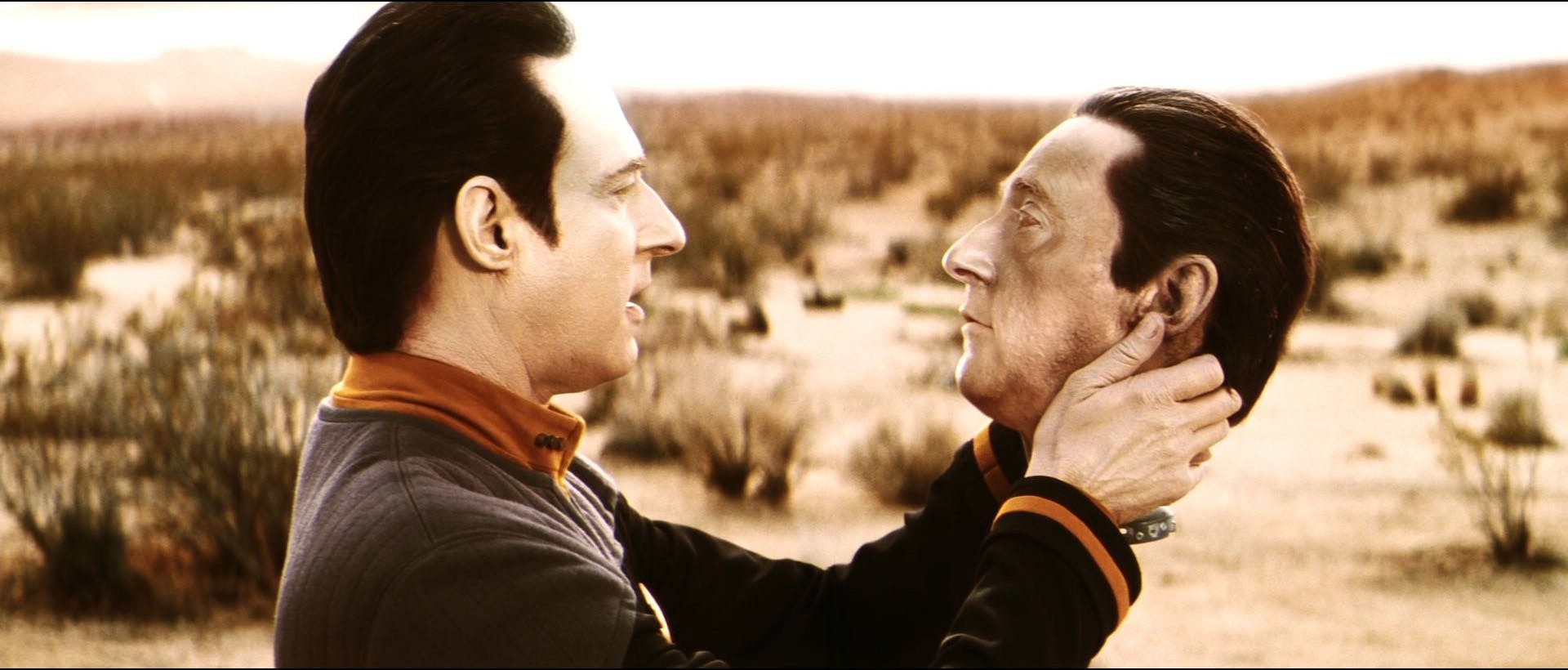
Star Trek Nemesis
StarTrek.com
Nemesis introduced us to B-4, an early Soong-type android who was less technologically sophisticated than his younger “brother,” Data. In the film’s final scene, it seemed as if B-4 might have been able to process the memories that Data had copied into him, but Dr. Agnes Jurati later revealed that B-4’s positronic brain simply couldn’t handle the information.
Praetor Shinzon’s original plan to modify B-4 so that he would steal Starfleet files from the U.S.S. Enterprise-E was not lost on the Zhat Vash, an ancient sect of the secretive Romulan Tal Shiar. The Zhat Vash turned to a similar tactic in Picard, reprogramming the A500 androids who worked at Utopia Planitia to initiate a devastating attack on Mars that ultimately propelled the Federation to enact a ban on synthetic lifeforms.
Leading the Relocation
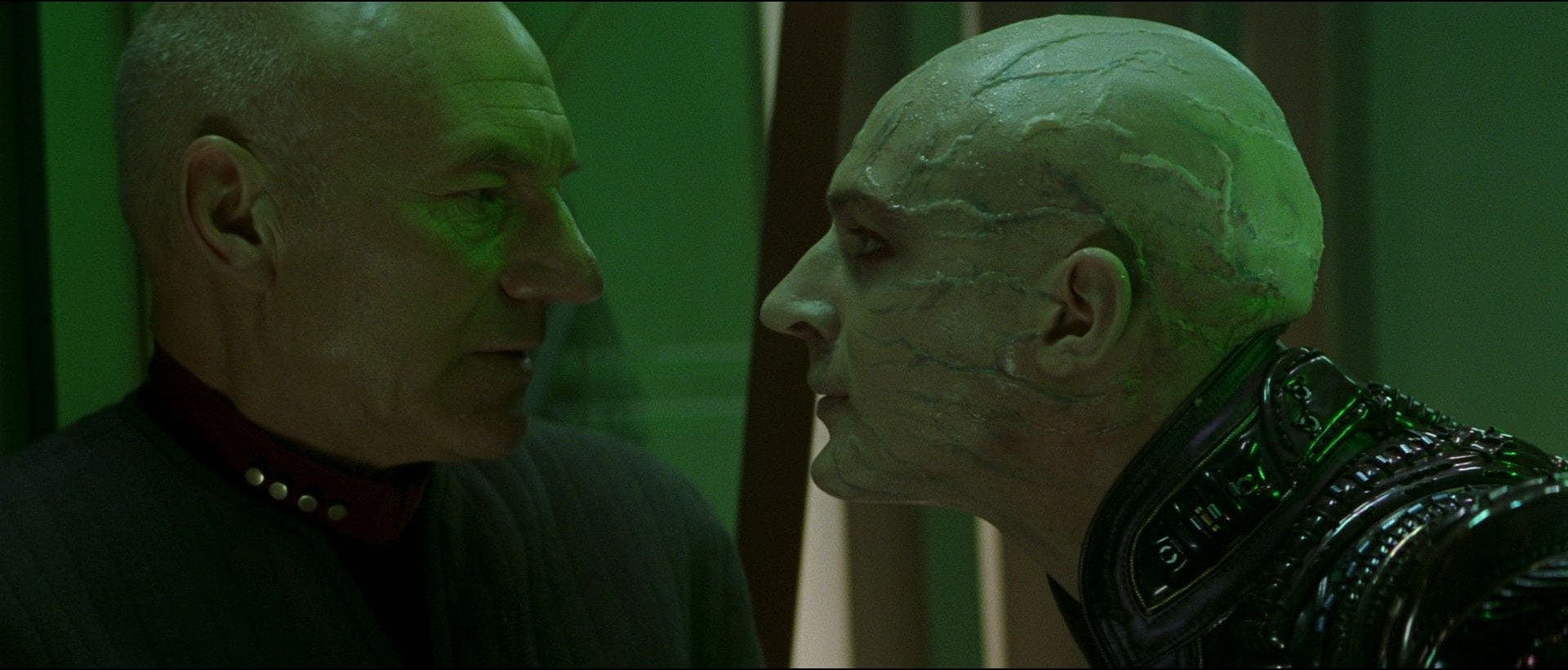
Star Trek Nemesis
StarTrek.com
The goodwill established between Starfleet and the Romulans during the fight against the Shinzon, who had been cloned from Picard’s DNA, in Nemesis gave Romulus the courage to ask for the Federation’s help when they learned that a supernova would destroy their planet. Picard took the lead on the effort to relocate as many Romulans as possible, presiding over the creation of 10,000 warp-capable ferries to transport refugees to new homes on worlds outside of the supernova’s path.

"Absolute Candor"
StarTrek.com
Picard’s sense of duty played a role in accepting the enormous responsibility, but the guilt he felt over seeing his own clone nearly destabilize the Star Empire could have also factored into his motivations. It was during these missions that Picard befriended a young Romulan named Elnor, who went on to play a significant role in Picard’s first two seasons.
Data Endures

Star Trek Nemesis
StarTrek.com
Picard explored the emotional toll that Data’s death had on Jean-Luc over the years, as his friend’s sacrifice weighed heavily on the retired officer decades after Nemesis took place. This personal connection drove Picard’s dedication to protect Soji, one of the many synths created from one of Data’s positronic neurons by Drs. Altan Soong and Bruce Maddox on Coppelius. Picard’s wish to defend Data’s "daughter" set him on the path to making an unexpected discovery on the synth planet…
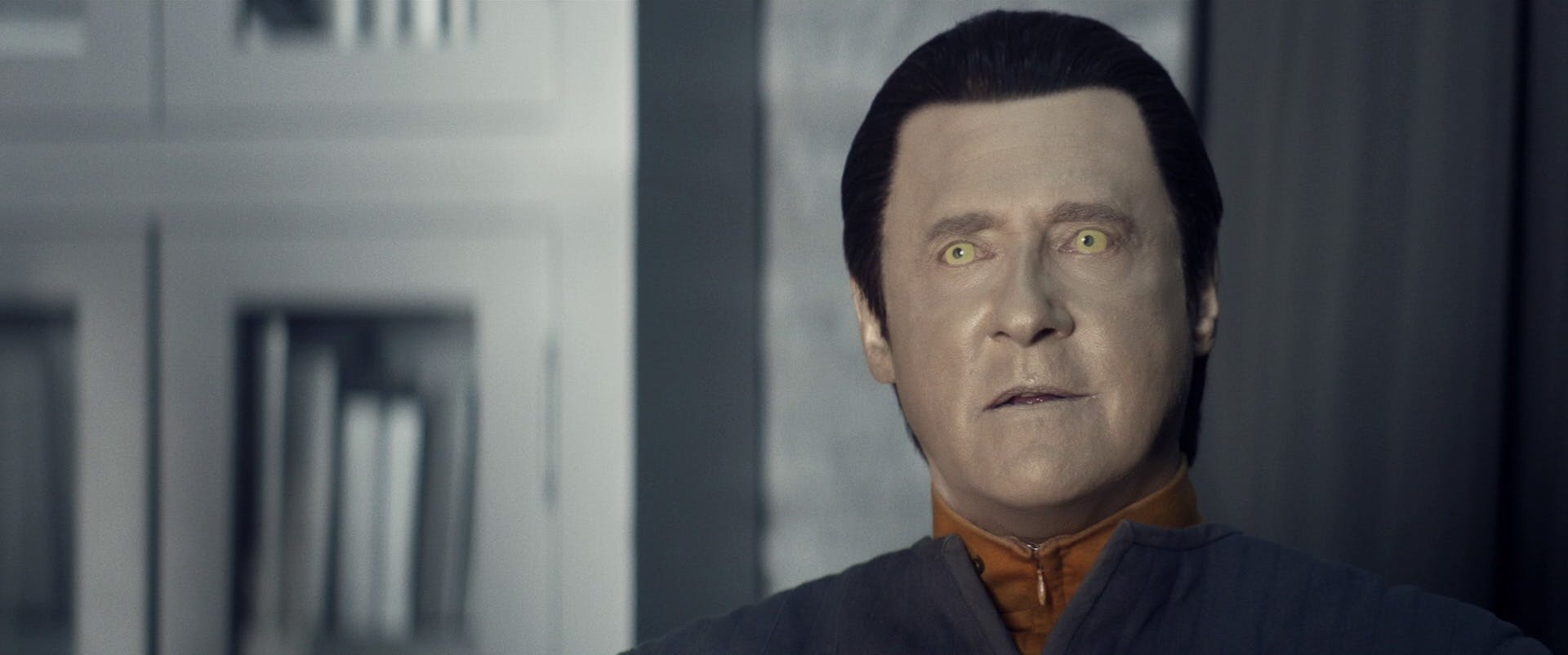
"Et in Arcadia Ego, Part 2"
StarTrek.com
Following a standoff between the Federation and Tal Shiar fleets, a dying Picard’s consciousness was temporarily placed in a simulation that Altan Soong and Maddox had fashioned from a copy of Data’s memories and one of his neurons. Data’s consciousness continued to live on within the construct, providing Picard the opportunity to say a proper goodbye before leaving the simulation and terminating it at Data’s own request.
Unification
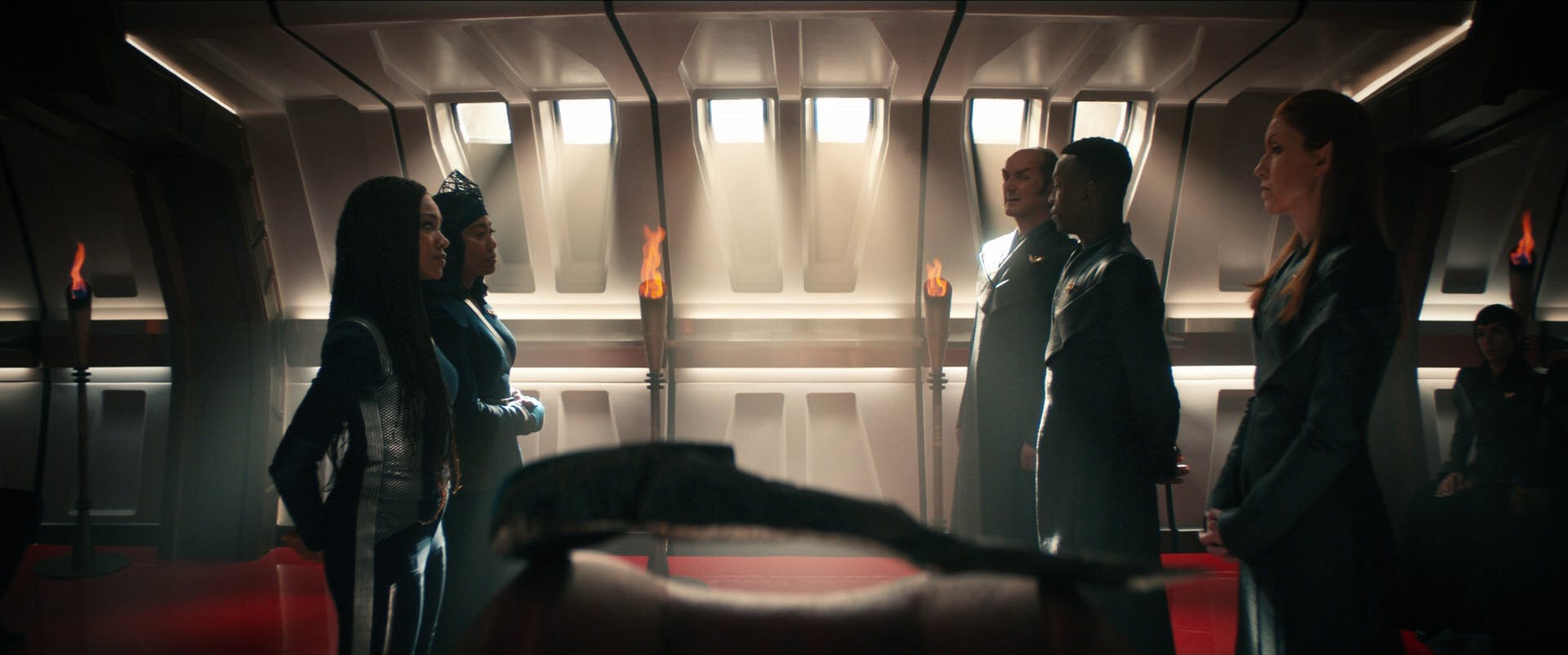
"Unification III"
StarTrek.com
The cooperation between the U.S.S. Enterprise-E and two Romulan starships in Nemesis, as well as the Titan’s diplomatic task force, proved to be small steps forward that contributed to Ambassador Spock’s ongoing goal of reuniting the Vulcans and Romulans. It took centuries for that work to bear fruit, but Michael Burnham had the pleasure of seeing the two cultures living together once again in the 32nd Century.
Ni’Var, formerly known as Vulcan, became one of the first worlds that Captain Burnham convinced to rejoin the Federation in Discovery’s fourth season, a fact which her brother Spock would have surely found to be fascinating.




